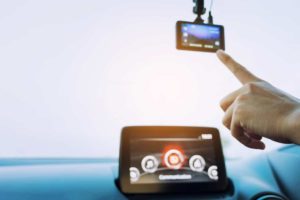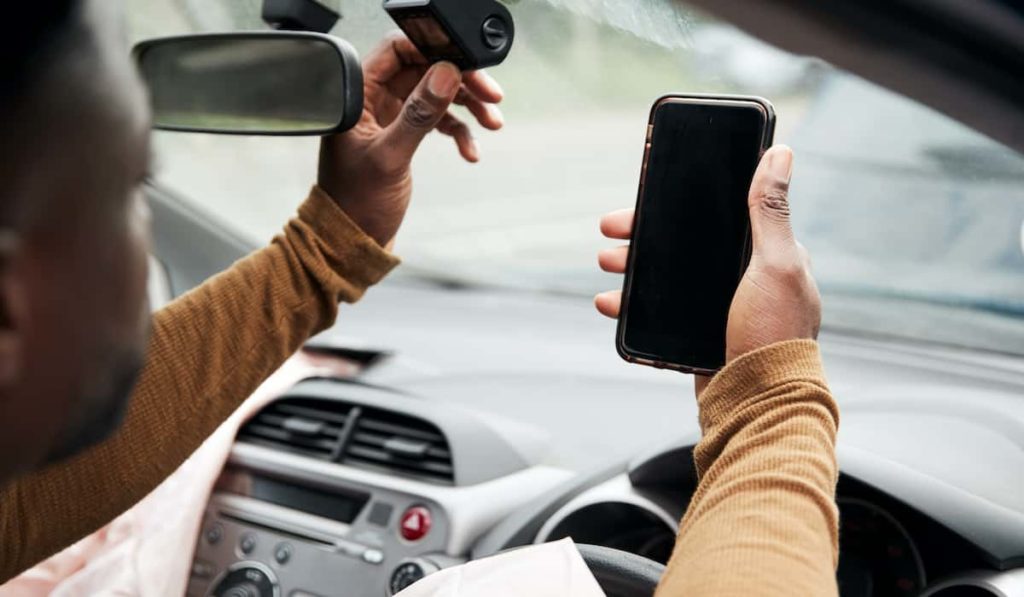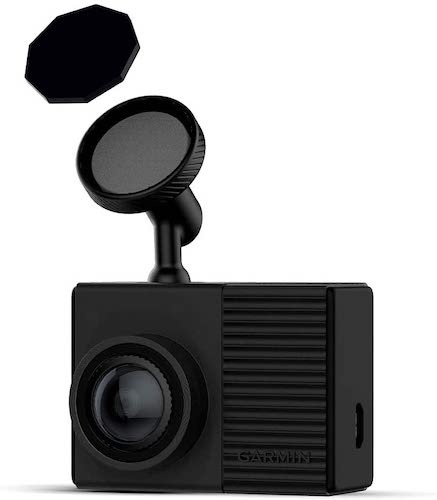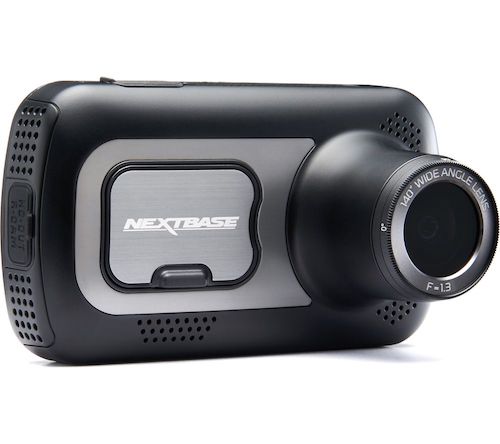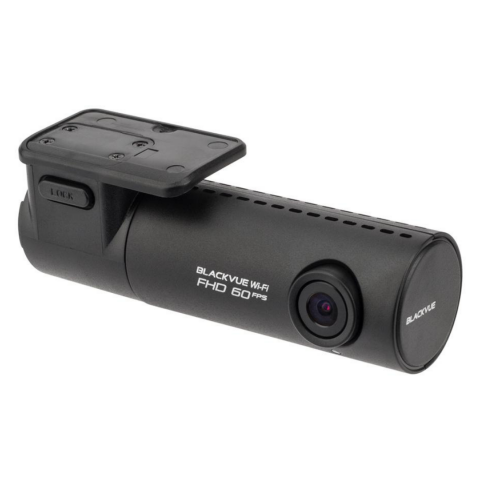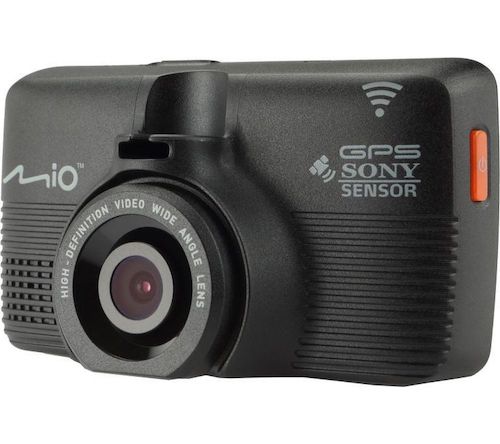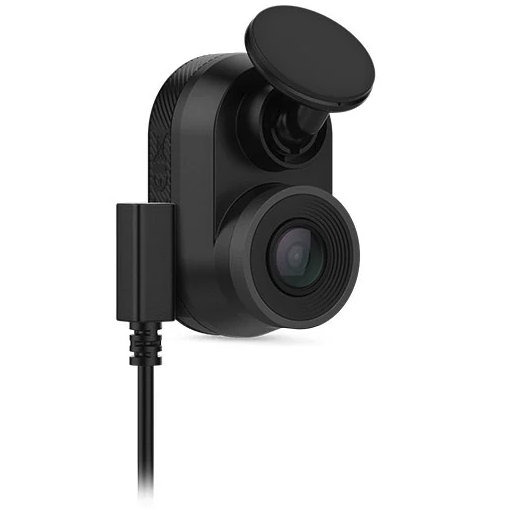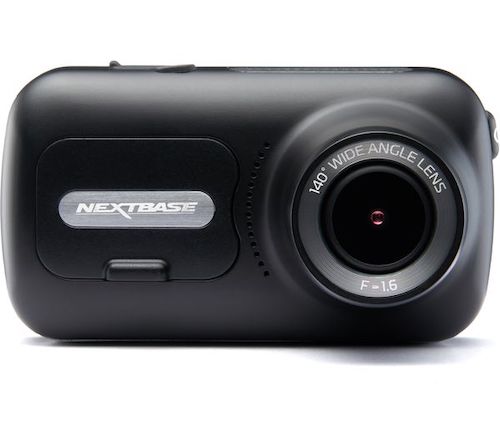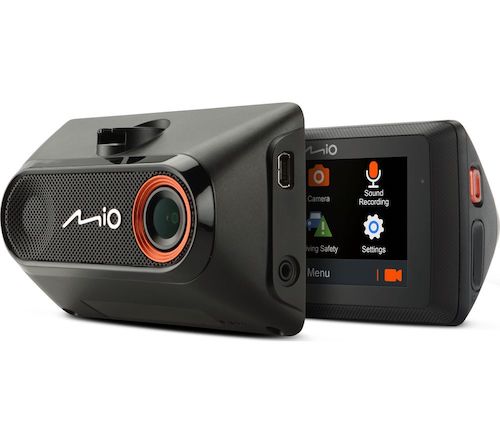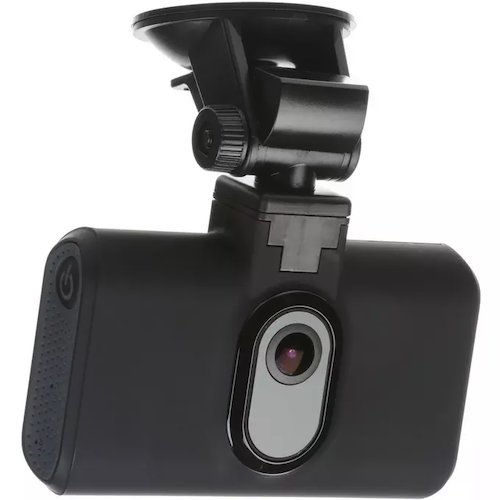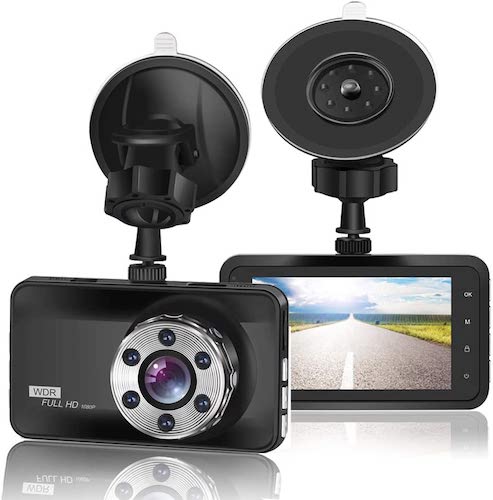Annoyingly, despite many dash cams offering fantastic quality HD footage capture, not many of them ever offer an incredibly large field of view.
This means occasionally, the odd collision or incident can go frustratingly amiss due to it occurring in a peripheral blind spot not picked up by the dashcam, making the point of having it in the first place fairly redundant.
However, this GPS-enabled Garmin Dash Cam 66W will never run into that problem, as it offers the maximum 180-degree field of view from a front-facing camera, meaning literally nothing can be missed.
It’s not sacrificed on its video capture quality for this either and in fact, it’s super HD 1440p resolution is way higher than the average 1080p model.
One of our favourite things about this model though is that not only is it a great precautionary device for incidents and insurance matters, but it also aims to make you a better driver and protect you from such collisions ever even occurring.
This is done through driver alerts warning of forward collisions, lane departures, traffic light recognition and alerts, plus speed camera warnings.
On top of all that, there’s also all the features you could ever want in a dashcam, including parking mode monitors with automatic recording, multi-video sync to playback capture from up to 4 dash cams and loop recording to keep storage free.
Easily compatible with the Garmin Drive app, it’s probably one of the easiest to use on the market and a fantastic choice for new or anxious drivers who will enjoy the alerts and assistance features.
